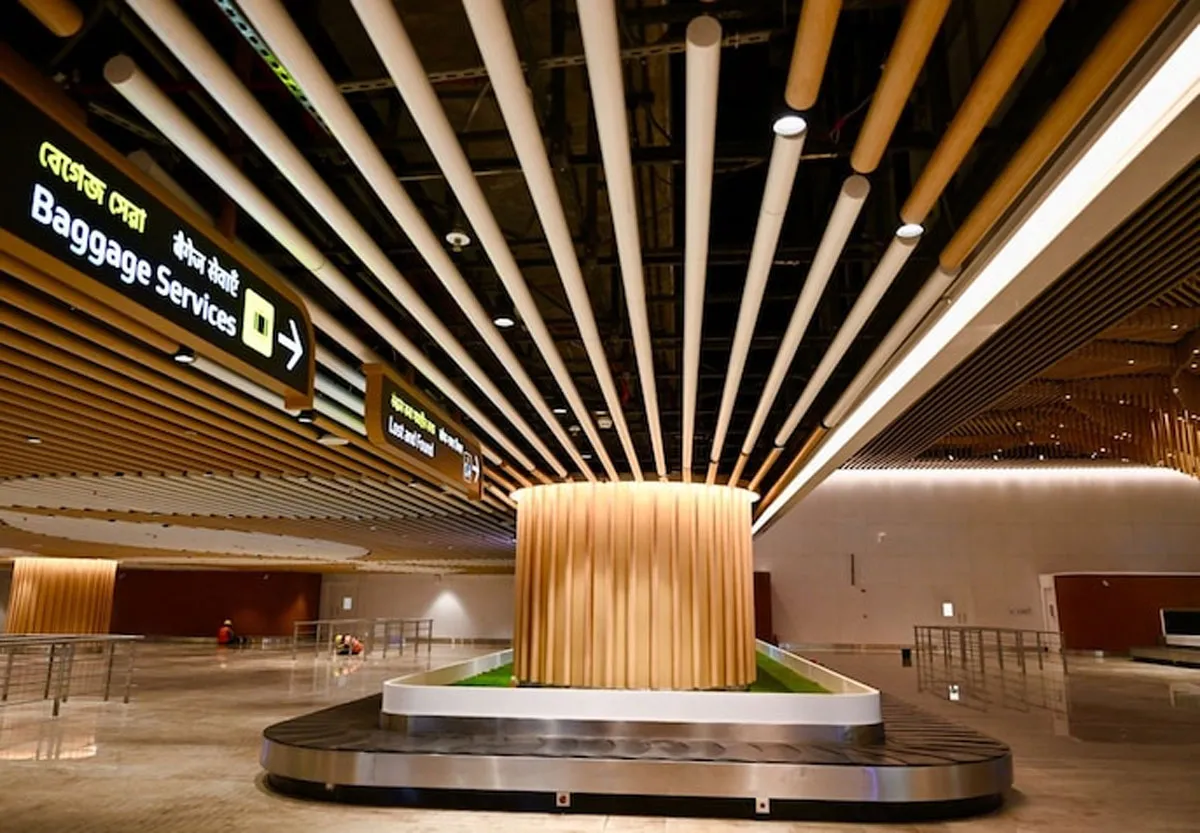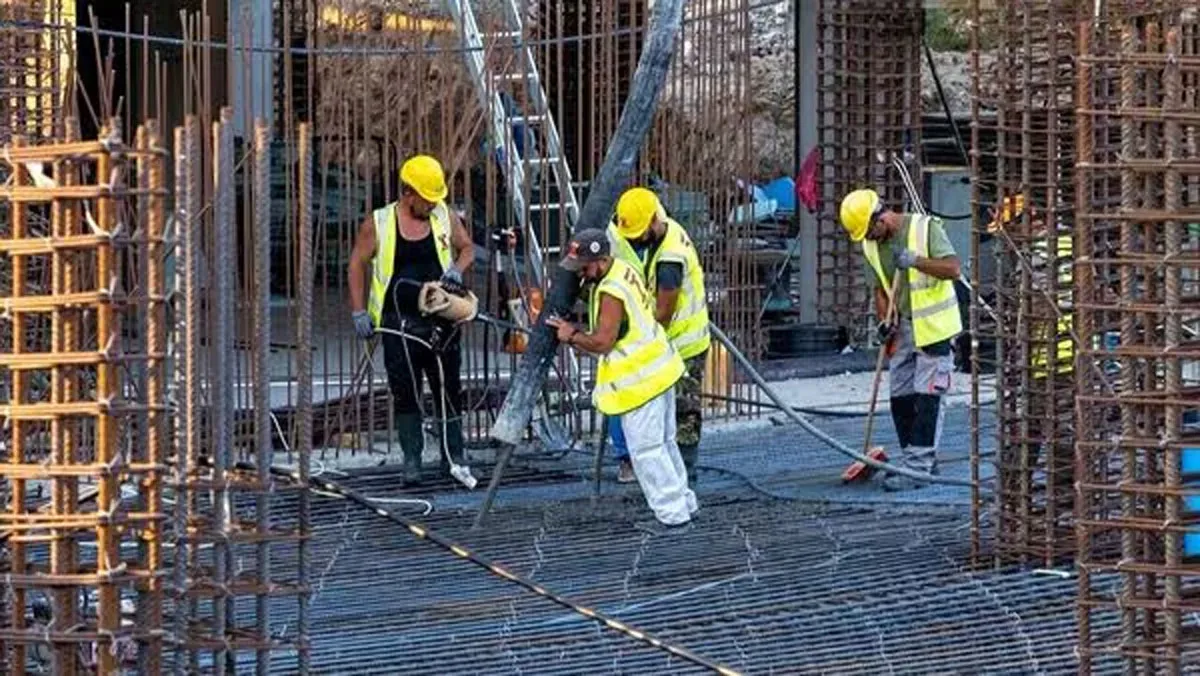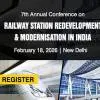The vision of any road asset management platform is to create a comprehensive, data-driven system that optimises the planning, maintenance, and operation of its portfolio to ensure safety and sustainability. It provides a 360-degree approach to managing all road assets, from pavements and structures like bridges and tunnels to road signages, advanced traffic management systems, and drainage systems by leveraging advanced technologies such as IoT, artificial intelligence, and real-time data analytics. The objective is to extend the life cycle of the assets by prioritising proactive maintenance, thereby optimising costs, minimising environmental impact, and improving user satisfaction.
Challenges faced
Achieving this objective is complex due to challenges related to operations and maintenance (O&M) efficiency, budget constraints, data management, technology integration, human resources, stakeholder management, sustainability, and performance measurement. Addressing these challenges requires a strategic, integrated approach with effective coordination across all levels and functions. Coordination is integral to each stage of a highway project — bidding or acquisition, design, construction, and O&M. It also plays a crucial role in cost control by ensuring that all activities within a project or organisation are aligned and well-managed, eliminating redundancies and duplication of efforts.
Coordination across
project stages
Improving coordination in projects can be achieved through various management methods and processes that focus on enhancing communication, aligning objectives, and optimising workflows. Project management principles are essential tools for improving coordination and controlling costs. Principles such as clear planning, effective communication, risk management, resource optimisation, continuous monitoring, stakeholder engagement, and the use
of technology provide a
robust framework.
Effective project coordination begins with clear planning and scope definition. By outlining the project’s objectives, deliverables, and timelines, all team members and stakeholders are aligned on a common goal. This alignment reduces conflicts and ensures that everyone knows their roles and responsibilities. In terms of cost control, a well-defined scope helps prevent scope creep — where unapproved changes or additional tasks inflate costs. Maintaining a clear scope and baseline allows project managers to monitor expenses against the budget and avoid unnecessary expenditures.
Applying project
management principles
Effective communication among all team members is
a core principle of project management. A structured communication plan that includes regular meetings, status updates, and feedback sessions ensures that all stakeholders remain informed and aligned throughout the project. Good communication reduces the chances of errors, rework, and delays, which
directly impacts project costs. Transparent communication channels enable quick decision-making and early identification
of potential problems, minimising the financial impact of
unforeseen issues.
Proactively managing risks is another critical project management principle that enhances both coordination and cost control. By identifying potential risks early and developing mitigation strategies, teams can avoid disruptions that may cause delays and additional expenses. Coordinated risk management ensures that all stakeholders are aware of potential challenges and are prepared to respond quickly, reducing the likelihood of cost overruns due to emergencies or unforeseen events.
Optimising resource use is vital for both coordination and cost control. Effective resource management involves planning, scheduling, and allocating resources—including personnel, plant and machinery, equipment, and materials—in a way that maximises efficiency and minimises waste. Coordinating resource allocation across various tasks and teams helps avoid bottlenecks and ensures that resources are used where they are most needed. This reduces direct costs, such as labour and materials, and indirect costs, such as delays or rework.
Continuous monitoring and control are fundamental to project management, where the role of the Project Management Consultant (PMC) becomes critical. By regularly tracking progress against the project plan, project managers can identify variances early and take corrective actions to keep the project on track. Performance metrics, such as the cost performance index (CPI) and schedule performance index (SPI), provide insights into whether the project is within budget and on schedule. Early detection of issues through monitoring allows for
timely interventions, preventing minor problems from escalating
into costly delays.
Engaging stakeholders throughout the project lifecycle ensures that their expectations are met and potential conflicts are addressed early. Regular stakeholder engagement promotes transparency and trust, facilitating smoother coordination among various teams. In terms of cost control, managing changes effectively through a structured process helps avoid unexpected costs associated with unapproved changes or scope alterations.
Clear procedures for change requests and approvals ensure that any changes are necessary, justified, and budgeted for, maintaining financial control.
Human resources and
team dynamics
The success of these
principles depends heavily on how well human resources are managed and how teams are structured and motivated. Teams that bring together diverse skills and expertise are better equipped to handle the complexities of road asset management. For example, a team comprising engineers, financial analysts, project managers, and environmental experts can address various aspects of the project—from design and construction to budgeting and environmental impact assessment. Diverse teams improve coordination by providing a holistic view of the project, allowing for more comprehensive planning and problem-solving. Each team member contributes their unique perspective, ensuring that all potential issues are considered and addressed early, preventing delays and cost overruns.
Leveraging digital tools
Incorporating technology and digital tools into road asset management can greatly enhance coordination and cost control. Digital tools facilitate seamless communication and collaboration by providing a centralised platform where all project data is stored and accessed. They enhance coordination by enabling teams to visualise project progress, track changes, and manage
tasks in real time. For example, creating a digital twin of the
road asset enables all stakeholders to view and understand the project in detail, reducing misunderstandings. Technology helps track costs more accurately and efficiently. For instance, project management software can automatically generate cost reports, track expenditures against the budget, and flag potential overruns. Asset management applications aid in asset maintenance, reducing unnecessary travel and labour costs. Digital tools also enable predictive maintenance, which helps in timely intervention, reducing long-term repair costs.
Effective coordination facilitates seamless communication among diverse stakeholders, including government agencies, contractors, and local communities, preventing misunderstandings, delays, and redundancies. This leads to effective cost control measures which manage the substantial financial investments required for road projects, reducing waste, avoiding cost overruns, and maximising resource utilisation. Together, coordination and cost control ensure the long-term sustainability of the road network.
About the author
Arpan Ghosh, President, leads the Engineering Department at Cube Highways Technologies and manages a team of
136 members across five sub-departments. He holds a Postgraduate Degree in Civil Engineering (M-Tech) from IIT Kanpur.



















